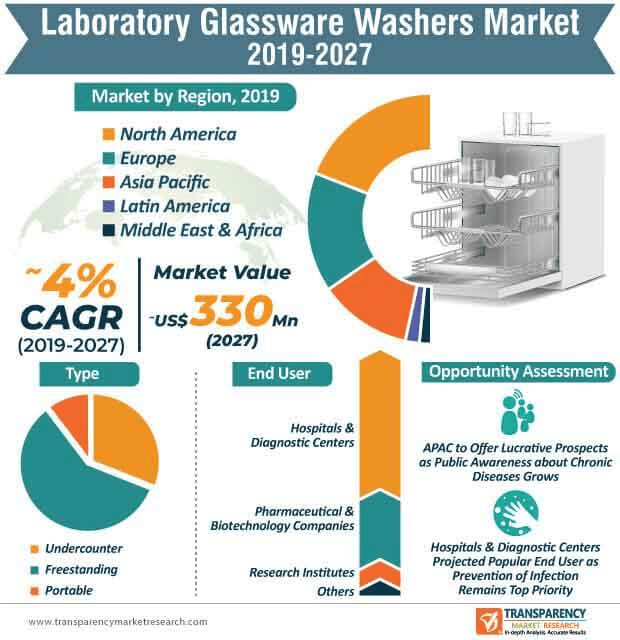This article examines the development of scientific glassblowing manufacturing in the context of technological modernization and digitalization. It analyzes innovations in the processing of quartz and borosilicate glass, the introduction of automation and engineering solutions in craft processes, as well as the role of small workshops as drivers of innovation. The strategic importance of handcraft production in the scientific-industrial ecosystem of the 21st century is emphasized.
Introduction
Scientific glass is one of the key materials of modern civilization. It is used in electronics, medicine, chemical and food industries, optics, and aerospace technologies. Without precise and durable glass components, the development of analytical equipment, microscopes, sensors, and reactors would be impossible. Craft workshops specializing in quartz glass hold a unique position in the market. They combine the traditions of handcraft with engineering and digital innovations, providing customized solutions for scientific and industrial tasks.
1) Scientific Glass in the Age of High Technologies
Scientific glass is used in the most critical fields: medical diagnostics, microelectronics, pharmaceuticals, and chemical synthesis. The material is valued for its chemical inertness, optical transparency, and resistance to extreme temperatures.
According to TechNavio (2024), the global market for laboratory and scientific glass is growing annually by 6.2%, which is linked to the increased demand for high-precision products and laboratory equipment.
2) The Fusion of Craft and Technology
Modern glassblowing manufacturing represents a synthesis of craft skills and digital design. The use of CAD modeling, laser cutting, 3D visualization, and automatic furnaces enhances the accuracy of product geometry, reduces the defect rate, and ensures consistent quality.
Automation enhances the significance of the human factor. The master remains the central element of the process, responsible for quality, precision, and understanding the physical properties of glass. This interaction between humans and technology becomes a model for sustainable production in the future.

3) Quartz Glass – A Key Material of the Technological Era
Quartz glass possesses unique characteristics: high thermal resistance, transparency to ultraviolet radiation, and chemical stability. These properties make it the primary material for laser systems, optical instruments, medical capillaries, and microreactors.
According to Statista (2024), more than 55% of the global demand for quartz glass is driven by electronics and healthcare, reflecting the general shift towards high-precision and energy-efficient technologies.
4) Small Enterprises as the Foundation of the Innovation Ecosystem
Small glassblowing workshops fulfill custom orders for scientific and industrial laboratories. Their key advantage is flexibility and the ability to adapt to the specific needs of clients.
According to PwC Industrial Survey (2024), small manufacturers account for over 35% of the high-precision materials sector. These enterprises do not compete with large corporations in terms of volume, but they excel in the speed of innovation adoption and personalized approaches.
5) Economic Sustainability and Export Potential
The scientific glass market remains niche but holds high export potential. Handcrafted production is especially valued in Europe, where the demand for unique products is steadily increasing.
According to McKinsey (2025), the average annual growth rate of global laboratory glass exports is approximately 7.4%. The main importers are France, Germany, and the Czech Republic, where laboratory centers prefer to cooperate with small workshops offering customized solutions.
6) Digitalization and Environmental Efficiency in Production
The adoption of digital technologies not only contributes to quality improvement but also reduces the environmental impact. Modern furnaces allow for a 25-30% reduction in energy consumption, and the use of digital twins enables the design and optimization of product shapes before production stages.
Thus, sustainable development of craft production is achieved through the integration of digital technologies and environmentally responsible practices.
Conclusion
Modern glassblowing production lies at the intersection of science, art, and engineering. Handcraft remains an integral part of the technological process, ensuring accuracy, flexibility, and adaptability. The integration of innovations, automation, and digital design allows the craft not only to survive but also to evolve.
Scientific glass is becoming not just a material, but a tool of progress — uniting scientific laboratories, industrial enterprises, and creative workshops into a unified technological ecosystem of the future.
Sources
- TechNavio. Global Scientific Glassware Market Report 2024.
- Deloitte Materials Research. Automation in Glass Manufacturing. 2025.
- Statista. Quartz Glass Applications by Industry. 2024.
- PwC Industrial Survey. Small Business in High-Tech Production. 2024.
- McKinsey Global Materials. Scientific Glass Export Analysis. 2025.


































